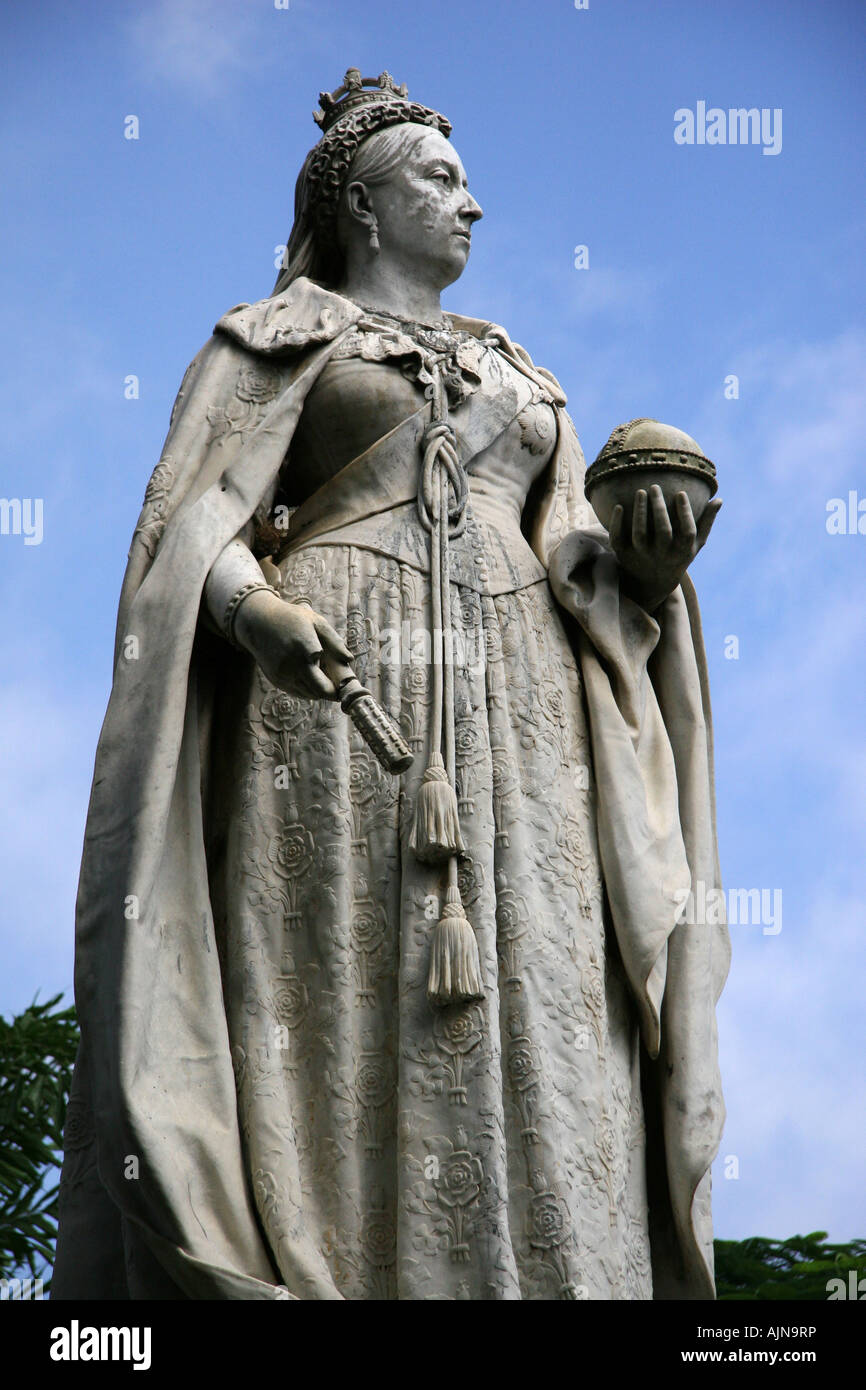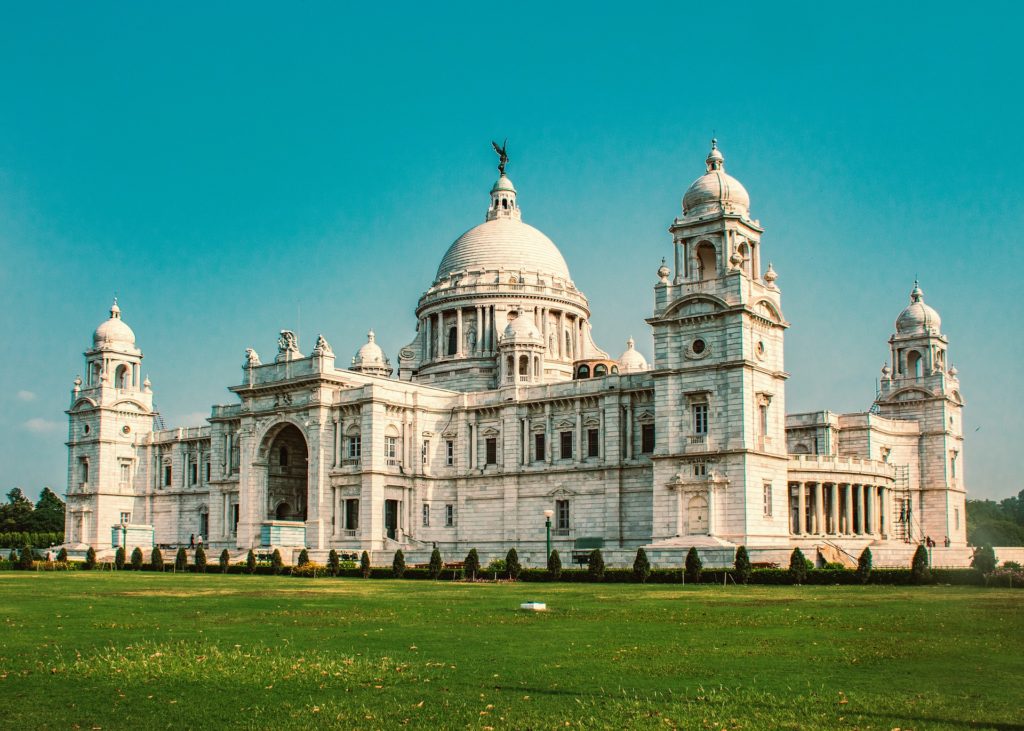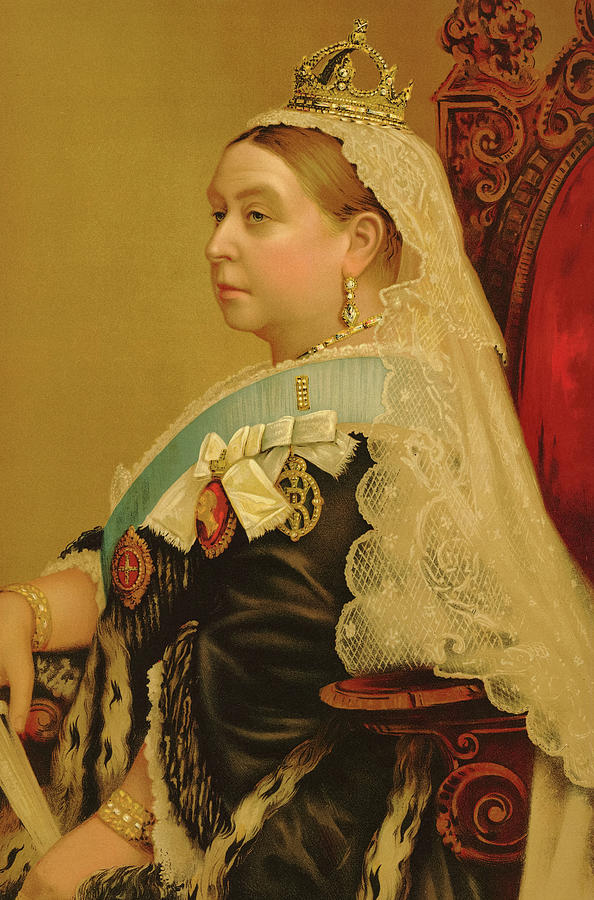
The Empress of India Michael Kurland Macmillan
The Delhi Durbar was a spectacular public event held in India to commemorate the accession of a new British monarch to the title Empress or Emperor of India. Three Delhi Durbars were held: 1877, 1903, and 1911. The event involved military processions, elephants, and magnificent carriages, as well as a host of rulers of the Indian princely states paying homage to the British Crown in.

The statue of Queen Victoria, Empress of India, which stands in Cubban Park, Bangalore
(The following is a post by Nuzhat Khatoon, South Asian Reference Specialist, Asian Division) In Delhi's Coronation Park on January 1, 1877, the British monarch Queen Victoria (1837-1901) assumed a new title: Qaisar-i Hind, the Empress of India.Victoria's proclamation was the central event of the jalsah-i qaisari, a massive imperial assemblage otherwise known in English as the Delhi Durbar.

Her Majesty Queen Victoria, Empress of India (Getty Museum)
On 1 January 1877, while Queen Victoria was quietly celebrating the new year with her family at Windsor Castle, a spectacular celebration was taking place more than 4,000 miles away in Delhi, India, to mark the Queen's new imperial role as Empress of India. Determined to flaunt the power and majesty of the British Raj, Lord Lytton, Viceroy of India, chose to revive Mughal traditions for the.

How Queen Victoria Became Empress Of India Hattons of London
British raj, period of direct British rule over the Indian subcontinent from 1858 until the independence of India and Pakistan in 1947. The raj succeeded management of the subcontinent by the British East India Company, after general distrust and dissatisfaction with company leadership resulted in a widespread mutiny of sepoy troops in 1857, causing the British to reconsider the structure of.

The Mughal queen who became a feminist icon BBC News
An entirely original account of Victoria's relationship with the Raj, which shows how India was central to the Victorian monarchy from as early as 1837In t.

India Government, Act, 1858 Britannica
Part of Stella's Notched-V series, begun in late 1964, Empress of India comprises four colored chevron-shaped canvases. Stella deliberately avoided dramatic changes in color intensity, because, he reasoned, "when you have four vectored V's moving against each other, if one jumps out, you dislocate the plane and destroy the whole thing entirely."

W & D Downey (active 18551941) Queen Victoria (18191901) as Empress of India, 1876
In 1858 the East India Company's power was transferred to the crown (the company was dissolved in 1874), and in 1876 Victoria became empress of India. By the time she met Abdul, 30 years had passed since the 1857 rebellion, but an independence movement was stirring, with growing demands for home rule and for Muslim minorities to be represented.

The Empress of India a community engagement project HRP Blogs
Queen Victoria became Empress of India in May 1876. Benjamin Disraeli, the Conservative Prime Minister, saw the new title as an effort to link the monarchy to the country and tie it closer to Britain while also showcasing Britain as a dominant world power. India had been under crown rule since 1858, and before this under the dominion of the.

Her Majesty Queen Victoria and Empress of India Painting by British School Fine Art America
About: In 1877, Benjamin Disraeli, Conservative Prime Minister, had Queen Victoria proclaimed as Empress of India. India was already under crown control after 1858, but this title was a gesture to link the monarchy with the empire further and bind India more closely to Britain. The Royal Titles Bill was brought before Parliament in 1876.

Empress of India Nasturtium Seeds West Coast Seeds
Oʻzbekcha / ўзбекча. (Alexandrina Victoria; 24 May 1819 - 22 January 1901) was Queen of the United Kingdom of Great Britain and Ireland her death in 1901. Her reign of 63 years and 216 days, which was longer than any of her predecessors, is known as the Victorian era. It was a period of industrial, political, scientific, and military.

When the Empress of India Met Her Muslim Teacher The New York Times
She became Empress of India in 1877 and influenced foreign relations closer to home through her children and grandchildren, many of whom married into European royalty.

Queen Victoria Empress Of India, 2 Old Photos 1860s PastIndia
Victoria (born May 24, 1819, Kensington Palace, London, England—died January 22, 1901, Osborne, near Cowes, Isle of Wight) queen of the United Kingdom of Great Britain and Ireland (1837-1901) and empress of India (1876-1901). She was the last of the house of Hanover and gave her name to an era, the Victorian Age.During her reign the British monarchy took on its modern ceremonial character.

Queen Victoria queen of United Kingdom 1837, Empress of India 1876,... News Photo Getty Images
In 1876, Queen Victoria became the first Empress of India. Under British control from 1858 to 1947, India was a large territory with several different cultural groups and languages. The Last Empress

Empress of India Art Lovers Australia
Jone Johnson Lewis. Updated on August 19, 2019. Queen Victoria (May 24, 1819-January 22, 1901), was the queen of the United Kingdom of Great Britain and Ireland and the empress of India. She was the longest-ruling monarch of Great Britain until Queen Elizabeth II surpassed her record and ruled during a time of economic and imperial expansion.

London in 1901 the End of the Victorian Era HubPages
An 1876 Punch cartoon of Disraeli, depicted as Abanazer from the pantomime version of Aladdin, offering Victoria the Crown of India in exchange for another. The Royal Titles Act 1876 ( 39 & 40 Vict., c. 10) was an Act of the Parliament of the United Kingdom which officially recognized Queen Victoria (and subsequent monarchs) as " Empress of.

Queen Victoria All you need to know about the Empress of India Knowledge News News9live
HMS Empress of India was one of seven Royal Sovereign-class pre-dreadnought battleships built for the Royal Navy during the 1890s. The ship was commissioned in 1893 and served as the flagship of the second-in-command of the Channel Fleet for two years. She was transferred to the Mediterranean Fleet in 1897, during which time Empress of India was assigned to the International Squadron.